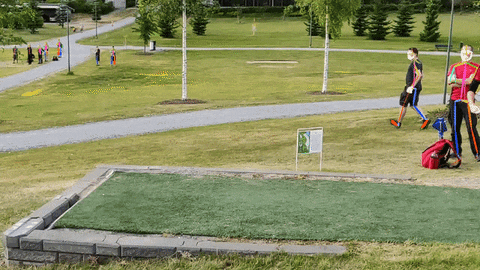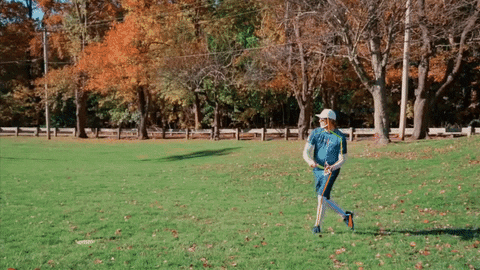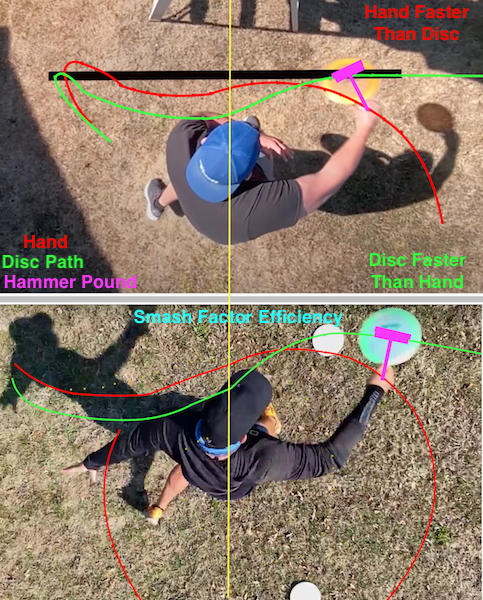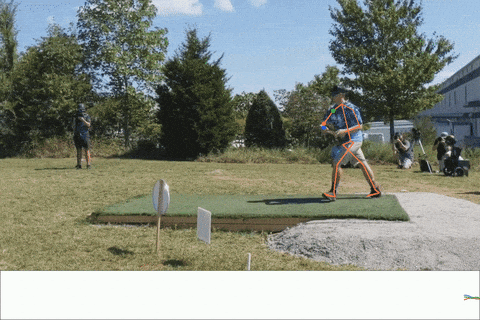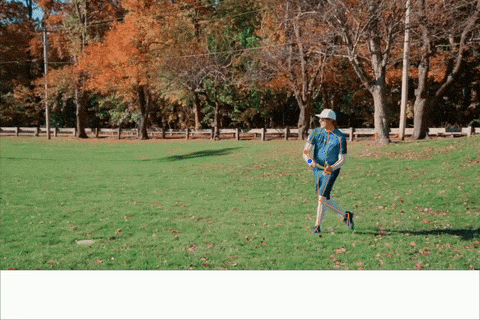Brychanus
* Ace Member *
There's apparently a group in Japan developing an app for this. It looks outstanding (at least in this demo). I asked Chris Taylor if he knows anything about timeline or availability.
There's already plenty to study from this first video.
I scraped the video and made a gif of Paul for us. Notice that you get nice color-coded data about the relative speed and lag from his spine to the hand:
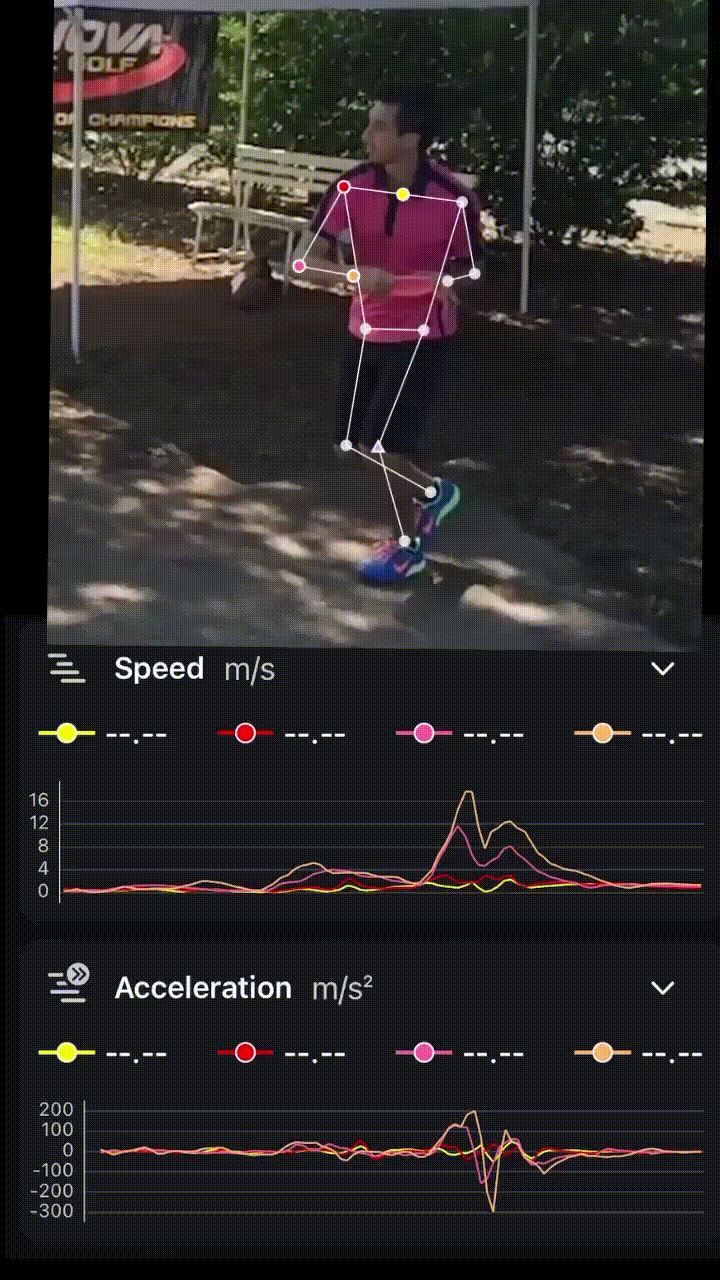
Would be nice to get the curves all the way to the rear wing of the disc into the release and for the rest of the body, but otherwise these data should appear familiar:
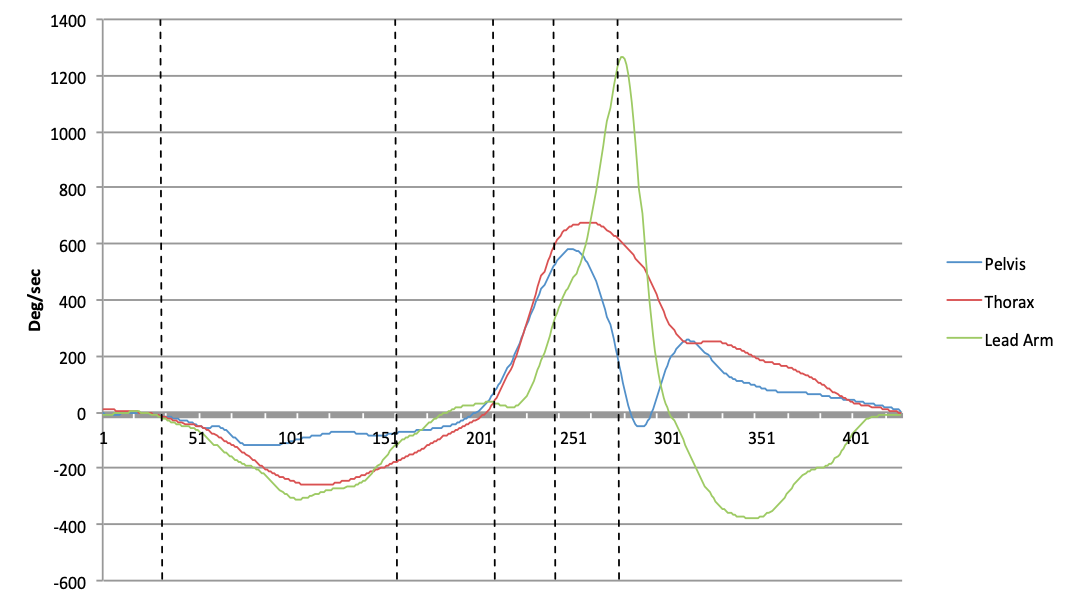
There's already plenty to study from this first video.
I scraped the video and made a gif of Paul for us. Notice that you get nice color-coded data about the relative speed and lag from his spine to the hand:

Would be nice to get the curves all the way to the rear wing of the disc into the release and for the rest of the body, but otherwise these data should appear familiar:

